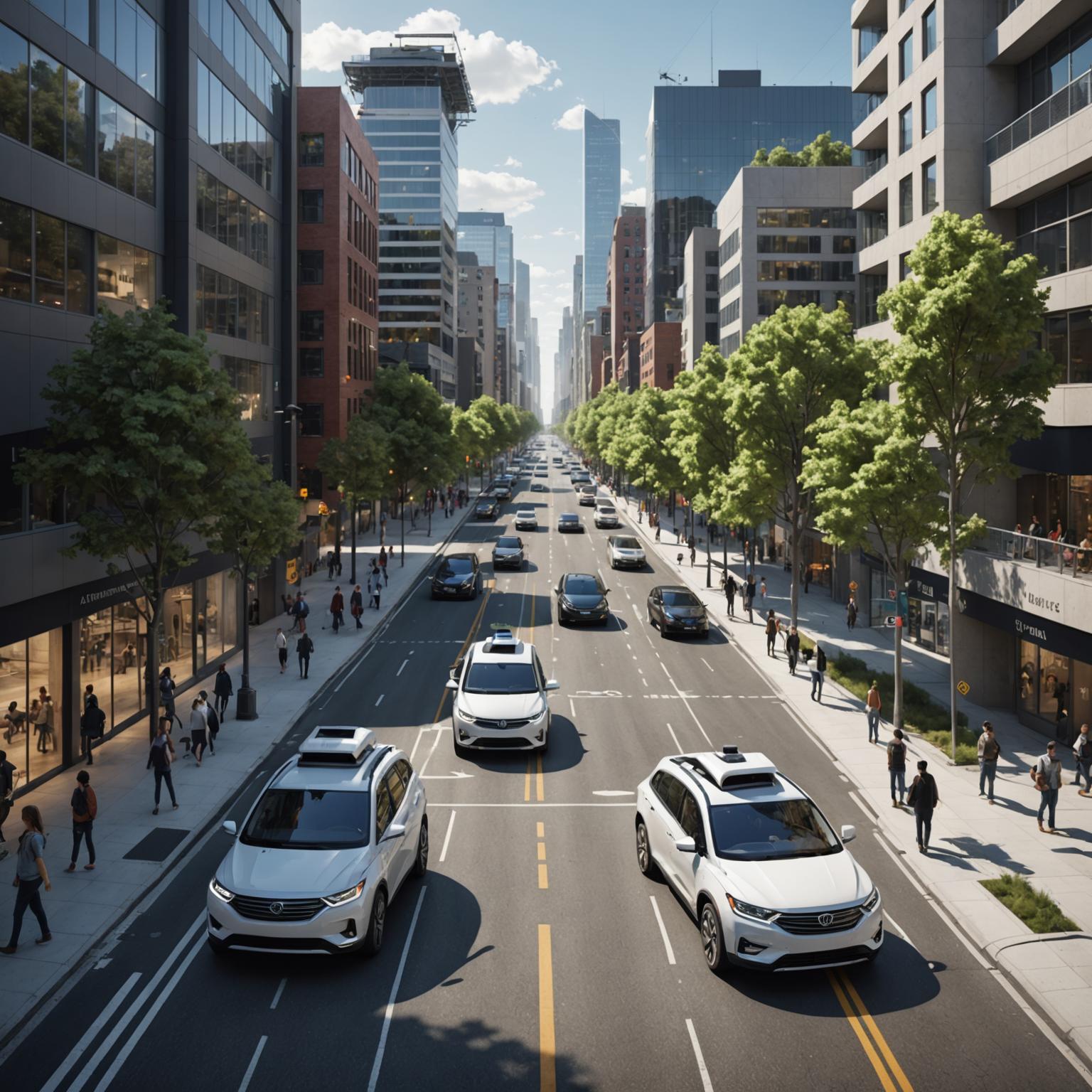Introduction to Multi-Modal Sensor Fusion
Multi-modal sensor fusion is a critical component in advancing autonomous driving technologies. By integrating different types of sensors, such as radar and vision, into a cohesive system, vehicles can obtain a more comprehensive understanding of their surroundings. This approach enhances the capability of autonomous vehicles to make better and safer decisions on the road.
The Role of Radar-Vision Integration
Radar-vision integration is pivotal in the domain of autonomous driving. Radar sensors are excellent for measuring distance and speed, regardless of lighting and weather conditions. Conversely, vision sensors, including cameras, provide detailed images that are crucial for object recognition and classification. By combining these two sensor modalities, a vehicle can achieve superior perception capabilities. Such integration not only improves the accuracy of detecting obstacles and road elements but also enhances the vehicle's understanding of complex driving environments.
Advancements in Sensor Fusion Technologies
Sensor fusion technologies have evolved significantly over recent years. Leveraging modern computing power and sophisticated algorithms, sensor fusion systems process vast amounts of data from various sensor inputs in real time. This capability is crucial for the quick decision-making required in autonomous vehicles. Cutting-edge fusion techniques now incorporate artificial intelligence and machine learning models, enabling the system to continuously learn and adapt to new driving conditions and environments.
Machine Learning for Lane Detection
Machine learning plays a vital role in lane detection systems, which are essential for maintaining vehicle safety and trajectory on the road. By employing advanced machine learning techniques, lane detection systems can accurately identify and track lanes even under challenging conditions, such as poor lighting or faded lane markings. These systems use the data obtained from multi-modal sensor fusion to improve their performance continually, ensuring that autonomous vehicles can operate smoothly and safely across various road types and conditions.
In conclusion, multi-modal sensor fusion is ushering in a new era for autonomous driving by enhancing vehicle perception capabilities through the integration of radar and vision. As sensor fusion technologies continue to advance, supported by machine learning algorithms, the potential for safer and more reliable autonomous driving becomes increasingly within reach.



